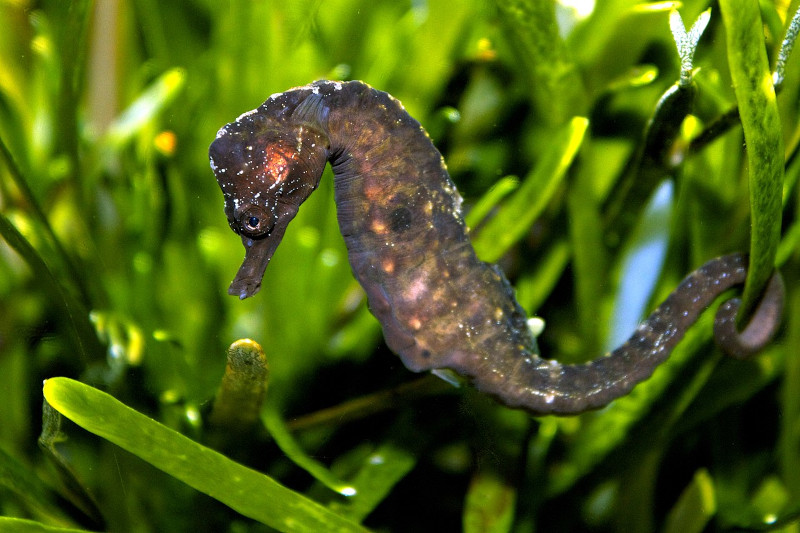
Knysna Seahorse Facts
- This tantalizing creation of Nature and evolution most frequently goes by the somewhat informative common name of the Knysna Seahorse. The remarkable animal does have at least one other general title, though. That’s the term of Cape seahorse.
- Among many scientific professionals, however, it’s perhaps better known by its technical title. Unfortunately, that term’s a little difficult for the average layperson to pronounce. That’s because it holds the official moniker of Hippocampus capensis.
- It received that formal appellation due to the efforts of the Belgian-British zoologist, George Albert Boulenger. That noted researcher accomplished the first recognition of it as a separate and distinct species. That scientifically noteworthy deed occurred in 1900.
- Regardless of which term one chooses to employ when speaking of it, the creature remains a species of note. Sadly, though, that’s not just due to its great beauty. It’s also notable for being the rarest and most endangered of all known species of seahorse.
- That’s partly due to the fact that the Knysna Seahorse has an extremely restricted range. It further seems that the wild population continues to diminish in number. It is, however sadly, also bred in captivity for the ornamental fish industry around the world.
- In the wild, the species faces multiple threats to its continuation. Most of those perils stem directly from the actions of humans. They include habitat loss and the ongoing effects of climate change. The IUCN thus now officially lists the animal as Endangered.
Related Articles
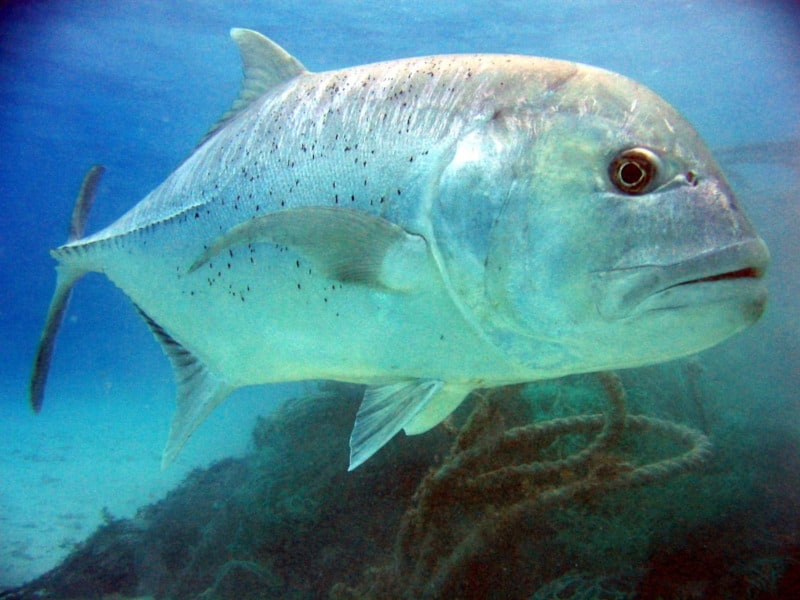
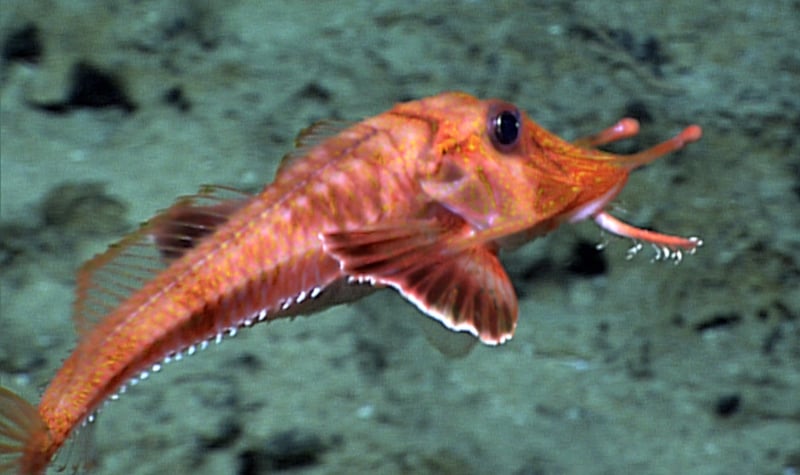
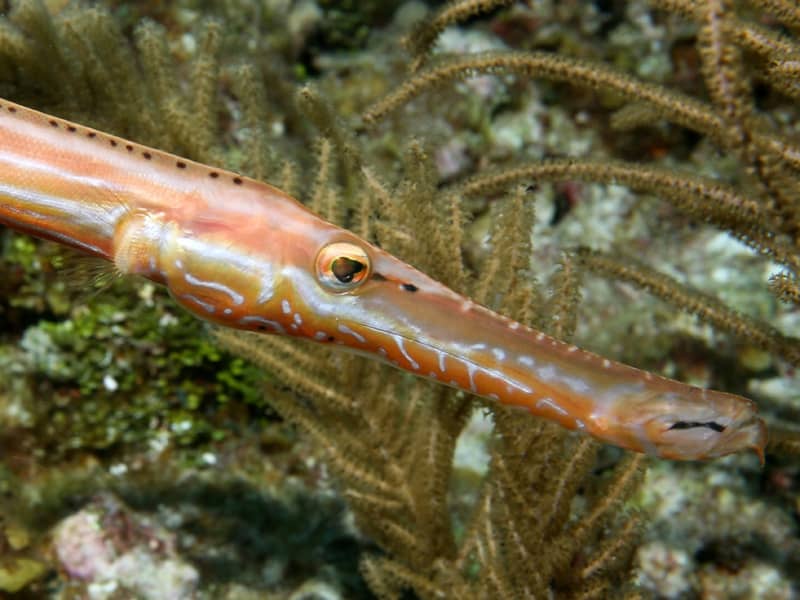
Atlantic Trumpetfish
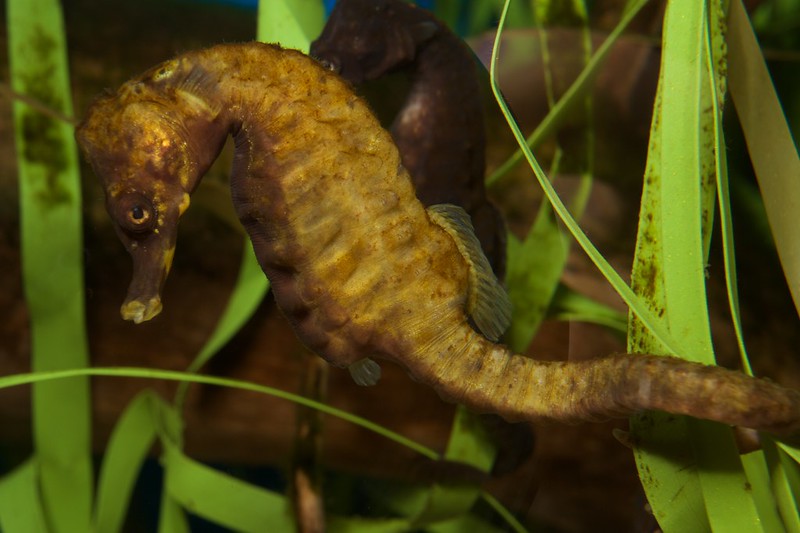
Knysna Seahorse Physical Description
The remarkable Knysna Seahorse immediately captivates most people who encounter it, especially in the wild. The animal typically does so, however, due to its visual appeal and distinctiveness alone. That’s due to the fact that, in terms of sheer size, it’s roughly average.
The impressive fish also follows a pattern common to most of its kindred. That’s the fact that it displays only an extremely minor degree of the physiological characteristic of sexual dimorphism. To the untrained eye, the genders therefore appear virtually indistinguishable.
In terms of pure body size, specimens of both genders attain an average length ranging from 3.15 – 4.7 in (8 – 12 cm). The general body shape presents the elongated form, with the curled tail common to its many relatives. The appendage also developed as prehensile in nature.
Its body evolved as encased in a series of bony rings, creating a rather distinctive visual effect. The snout of the fish typically remains comparatively short for its kind. Its neck displays a smoothly curving arched shape, and lacks the crown some related species have.
The coloration of the amazing Knysna Seahorse only further enhances its unique beauty. This creature represents one of those species possessed of the ability to alter its coloring at will. That pattern thus varies according to the surrounding environment, and even its mood!
Some basic patterns do tend to predominate, though. That’s true since most individuals present a mottled brown shade the majority of the time. When they choose, however, this changes to shades ranging from yellow, orange, white, purple, beige, green, and black.
- Kingdom: Animalia
- Phylum: Chordata
- Class: Actinopterygii
- Order: Syngnathiformes
- Family: Syngnathidae
- Genus: Hippocampus
- Species: H. capensis
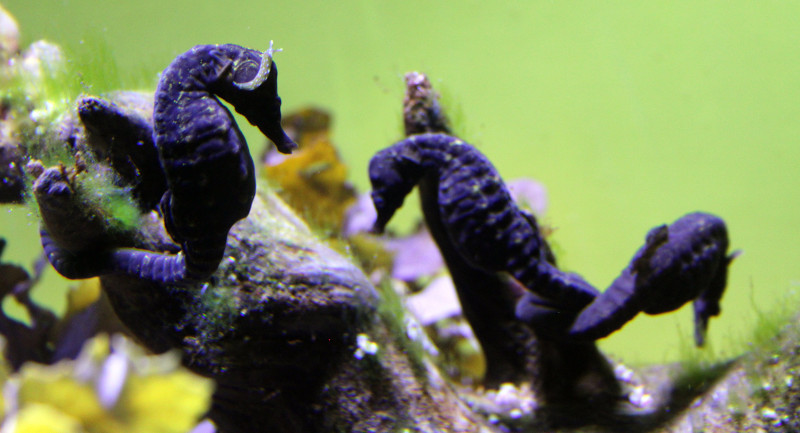
Knysna Seahorse Distribution, Habitat, and Ecology
The Knysna Seahorse apparently evolved as endemic to an extremely restricted portion of the earth’s marine waters. That precise zone of habitation, though, is one well known for its abundance of natural marvels. It appears off the coast of the continent of Africa.
There, though, it only lives along the coast of the country of South Africa. Yet Nature limited its habitation range even further. To the knowledge of researchers, the impressive fish only has small populations appearing in just three very specific and concentrated locations.
It appears that the creature evolved very specific requirements where its choice of habitat is concerned. The species only lives in areas with extremely high levels of vegetative cover, in excess of 75%. It’s also mainly associated with the presence of five specific aquatic plants.
It does have the adaptability to live in a wide range of saline levels, though. Due to that capacity, the three isolated locations it calls home all consist of brackish waters. These consist of the Knysna Lagoon, the Keurbooms River, and the estuary of the Swartvlei system.
The diet of the majestic Knysna Seahorse closely mimics that of others of its kind. It mainly consumes quantities of plankton and small crustaceans. Being poor swimmers, the animals typically anchor themselves to coral or seagrass, and await their prey from there.
Breeding occurs in the summer, generally when the water temperature reaches or exceeds 68 F (20 C). Like its kindred, though, its stands out in this respect. It, and other seahorses, and their relatives the sea dragons, are the only species where the males give birth!
Species Sharing Its Range
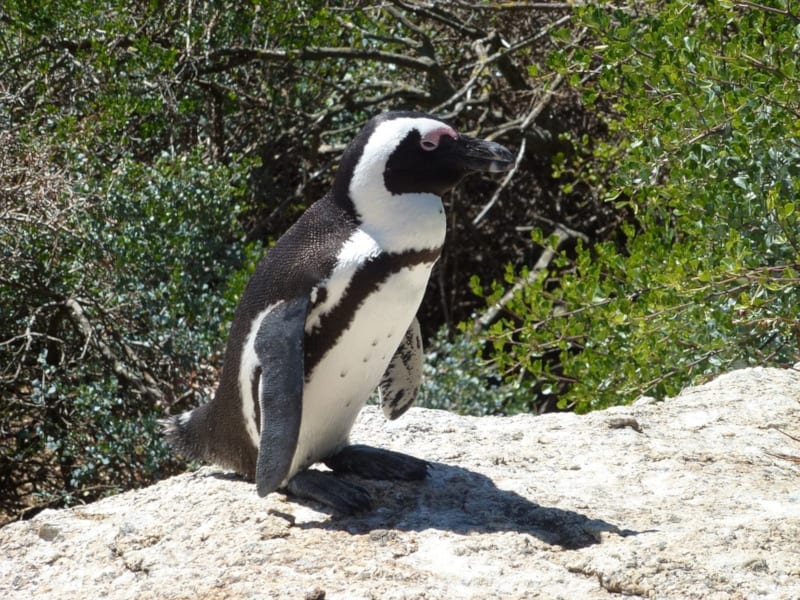
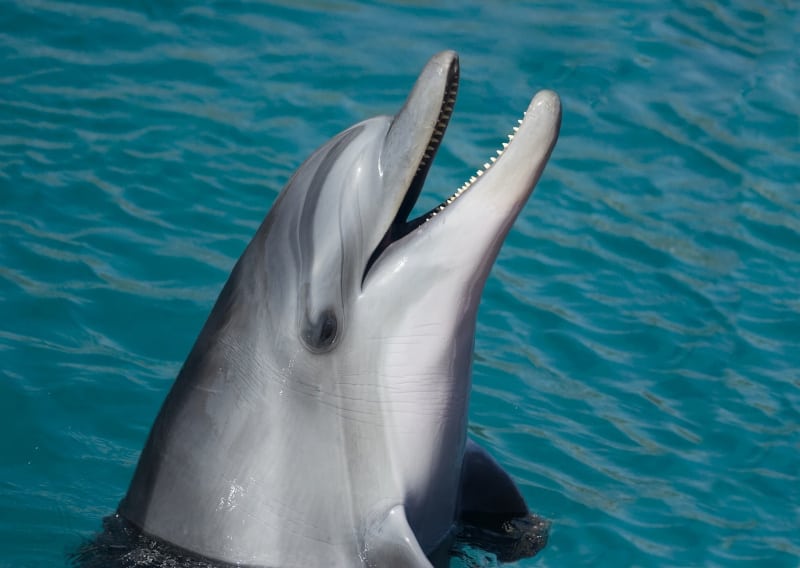
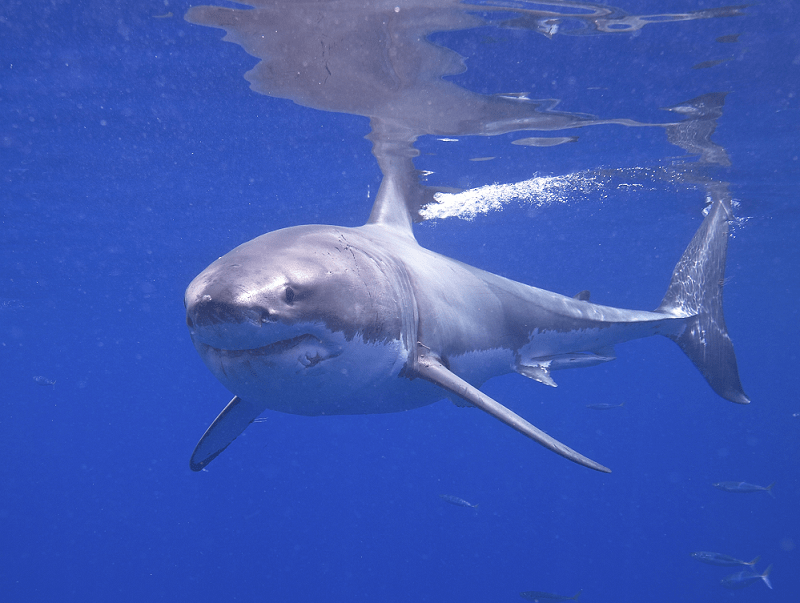
Check out our other articles on 5 Beautiful North American Birds, Golden Jackal, Victoria Falls, Kinnikinnick, Southern Plains Bumblebee, Mangrove Monitor, Axolotl, Tiger Shark









Leave a Reply